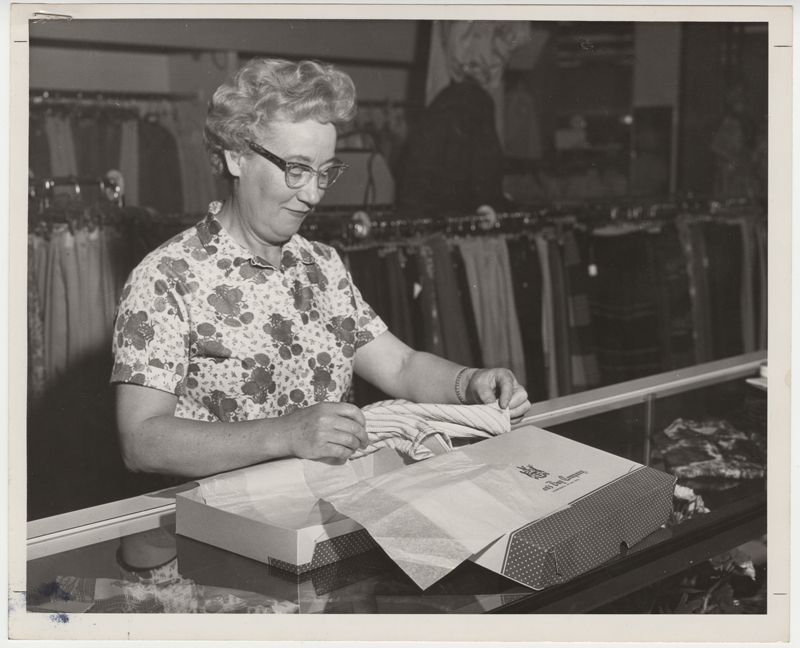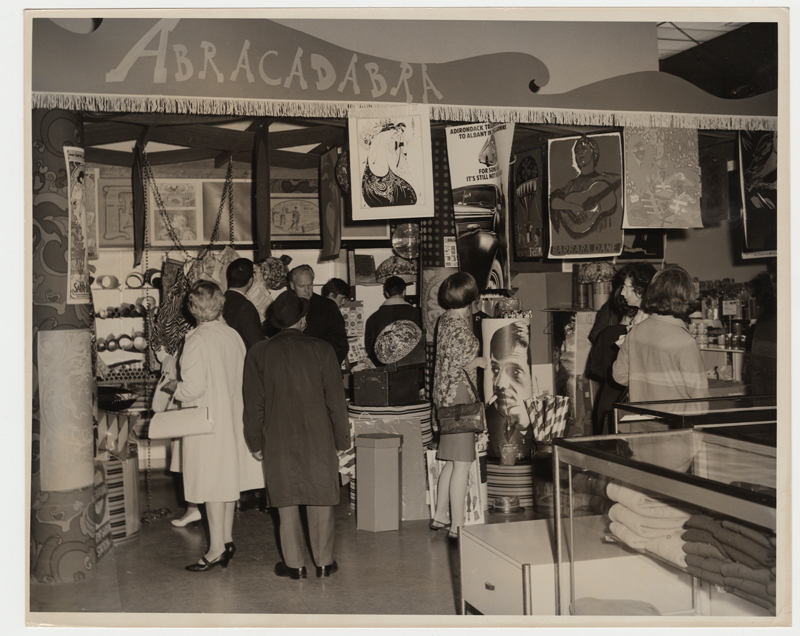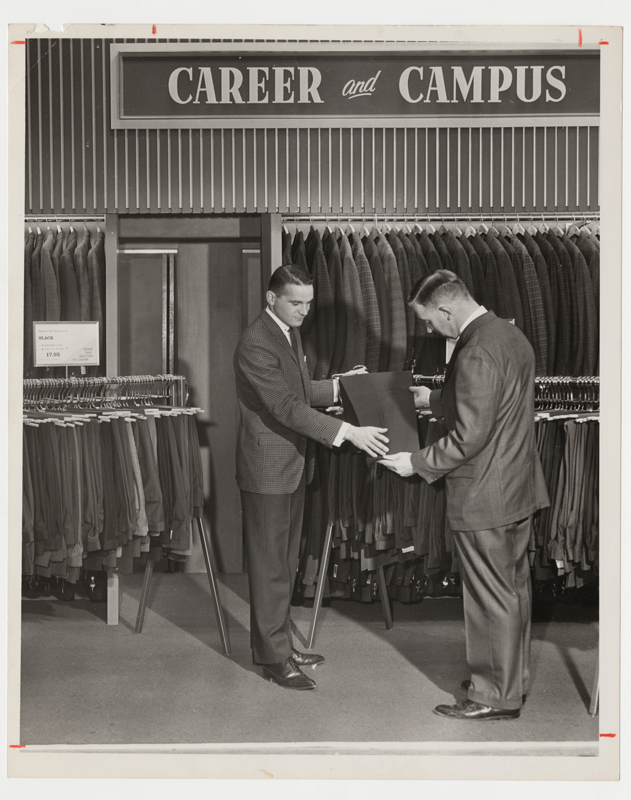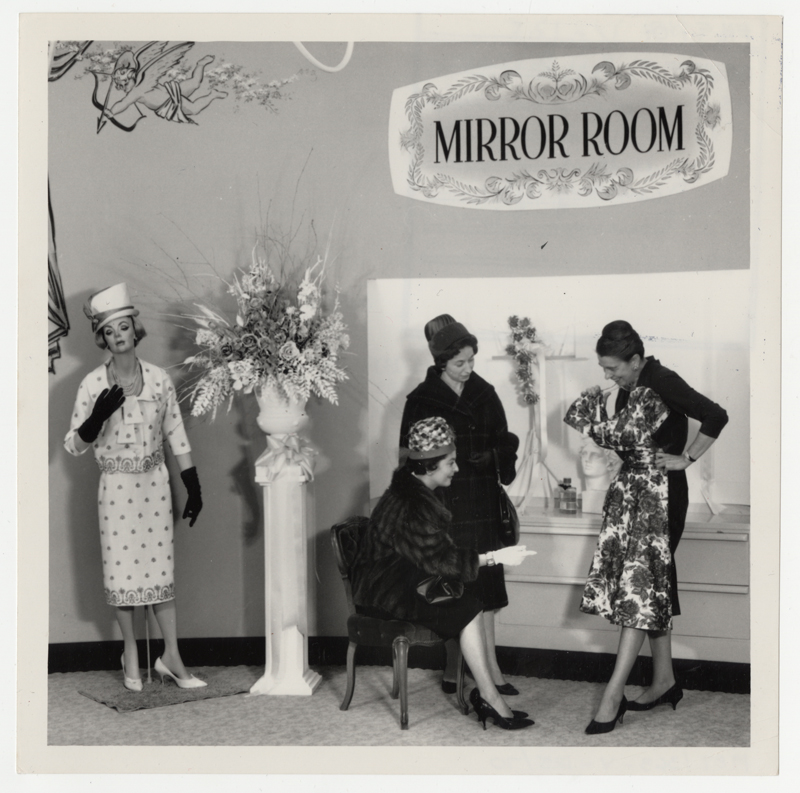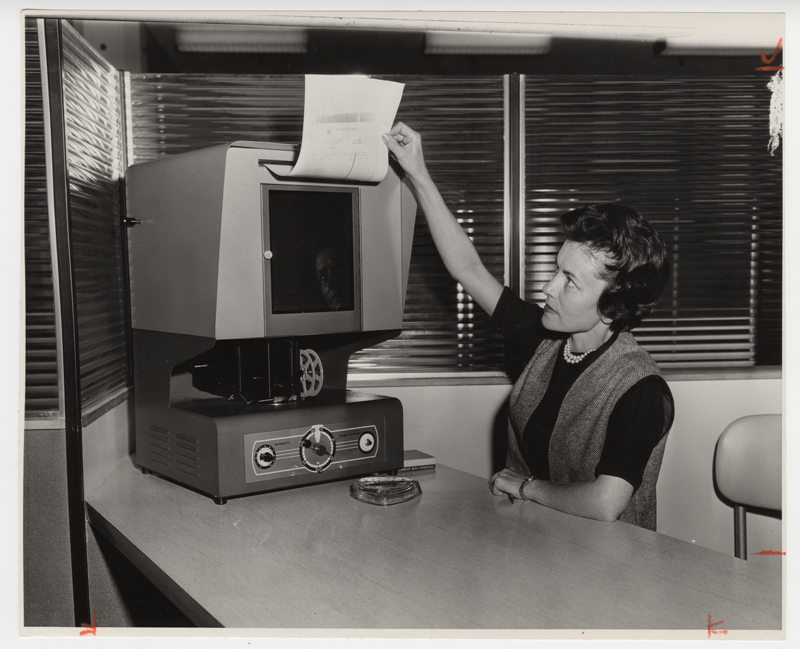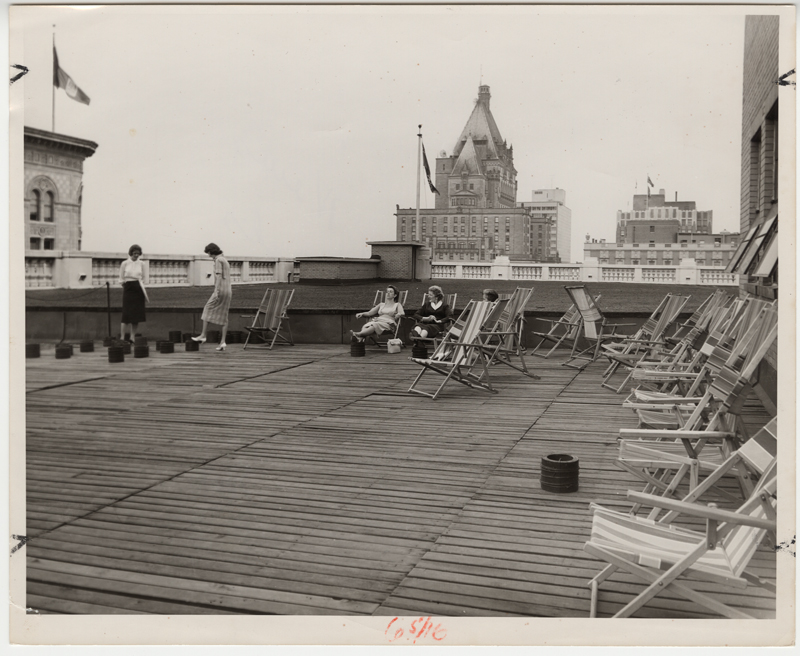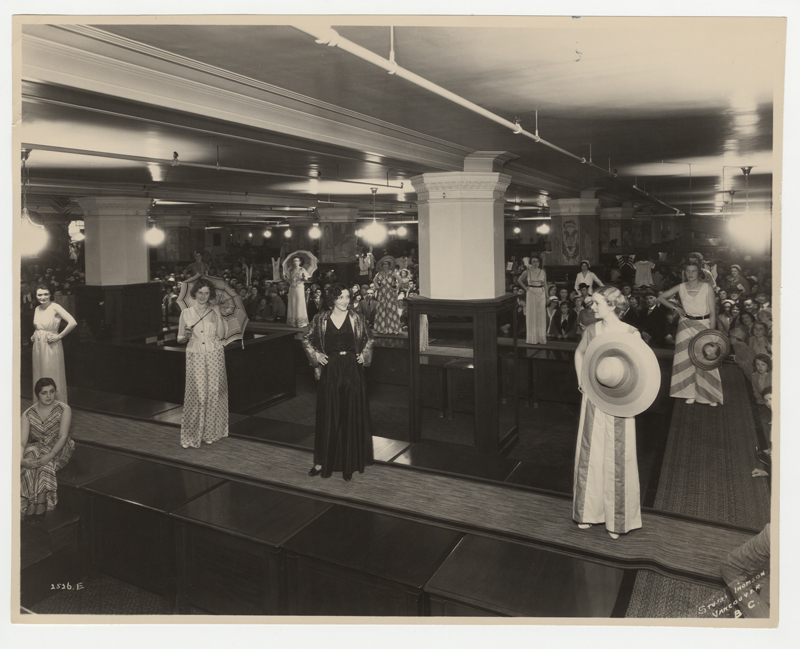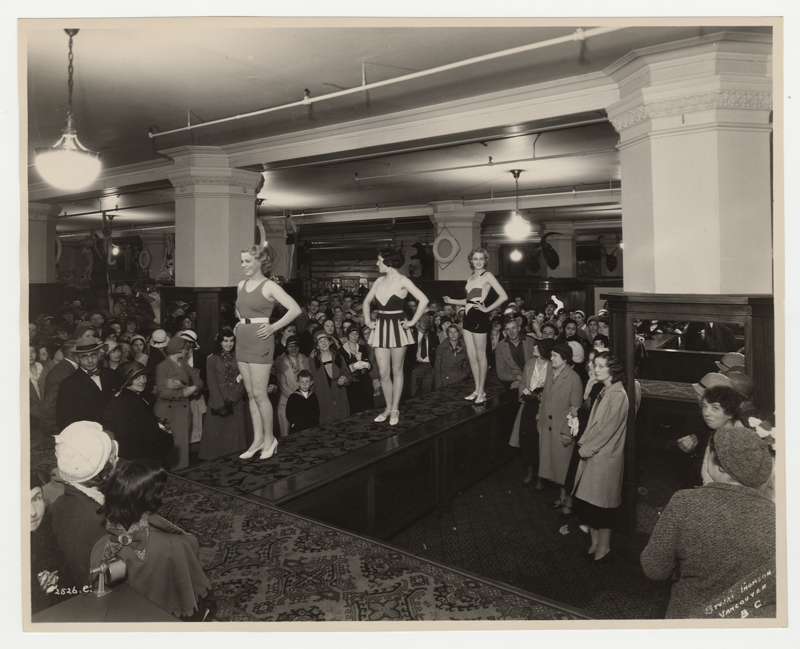On display in downtown Vancouver’s flagship Hudson’s Bay Company building are piles of white wool blankets marked with red, yellow, blue, and green stripes. Taken home and laid across couches and beds in cottages, cabins, and houses throughout the country, these iconic Point Blankets have become a Canadiana staple—a gift given and received on special occasions, and passed down through generations. Originally traded amongst colonial Europeans and First Nations groups during the 16th century fur trade, these blankets are a piece of Canada’s True North beginnings.
Much like the blanket, downtown Vancouver’s HBC building at Granville and Georgia is a slice of Canada’s fur trade history. Built in the early 1900s, the six-storey cream terracotta department store has been a shopping destination for over 100 years, a meeting place for families, and an architecturally significant piece of colonial design in Western Canada.
This story begins between the 17th and 19th centuries, when the Hudson’s Bay Company flourished in present-day Quebec and Ontario. In 1887, the trading business made its way to the Pacific Northwest, operating a small company building (leased from the Canadian Pacific Railway) on the corner of Cordova Street in Gastown. This quaint store provided West Coast millworkers and mountaineers with practical pioneer items like lanterns, axes, saws, and provisions. Later in 1893, HBC went on to erect another building, this one on Granville Street and Georgia, while keeping a warehouse in Gastown for liquor and fur. The company became a household name for outfitting prospectors and providing mining equipment during the Gold Rush.
As the 1900s emerged, the economic climate in Canada began to change. The Gold Rush had ended, and it brought a new upper class into the increasingly urban, populated West. Back in Britain, HBC’s London board (the company did not become a Canadian corporation in 1970) saw this as an opportunity, and set out to create a series of department stores across urban cities including Winnipeg, Calgary, Victoria, and Vancouver. Each store was to be a place of community and commerce, where the bold British architecture style would remind Canadian citizens and visitors of the commitment to the British Empire—but it also meant the diversification of HBC into three departments: fur, retail, and land.
Toronto-based architecture firm Burke, Horwood & White was hired to create these HBC outposts between 1912 and 1926. Each new building would be a purpose-built department store, lending visitors a vast amount of space to leisurely bounce about the lounges, restaurants, lending libraries, and in the case of Vancouver, pop-up art gallery. Labour for the HBC Vancouver building began in 1913 in place of the three-storey brick structure that already stood at Granville and Georgia. The architects were eager to create something under the Edwardian Classicism style of architecture found in London at the time, much like the British Museum or the American-British department store Selfridges, and devised a 650,000-square-foot building.
The entrance on West Georgia is marked by an overhanging iron marquee, and to either side is surrounded by rows of 10 fluted Corinthian columns. Looking up, the creamy textured terracotta exterior leads to the top floor of the attic, which is draped in ornamental symbols. The sales floor would go on to hawk tobacco, fur, tea, liquor, canned salmon, and coffee, while luxury furs could be found behind glass fixtures, sitting perfectly about the white marble flooring—which, in some areas, was marked by the HBC coat-of-arms. The company also devised a lavish women’s bathroom on the second level, marking it with distinct mahogany doors and employing opulent marble stall divisions. Vancouver’s flagship HBC was now a point of high culture, standing out among the otherwise quaint boomtown buildings.
After opening in 1916, HBC Vancouver went on to be a seller of property and homestead, aiding new Canadians with the purchase of land, property development, and commercial holdings in and around the city. HBC Vancouver ended its part in the fur trade in 1989, and solely focused on retail endeavours.
Now, change is afoot for the brand’s Vancouver presence yet again. HBC has struck a deal with WeWork, agreeing to lease the building’s top floors to the shared workspace company. It seems that HBC is still willing to evolve in changing times, much like it has done throughout history—all the while remaining true to Canada and Canadians.
Discover more of Vancouver’s Community.
